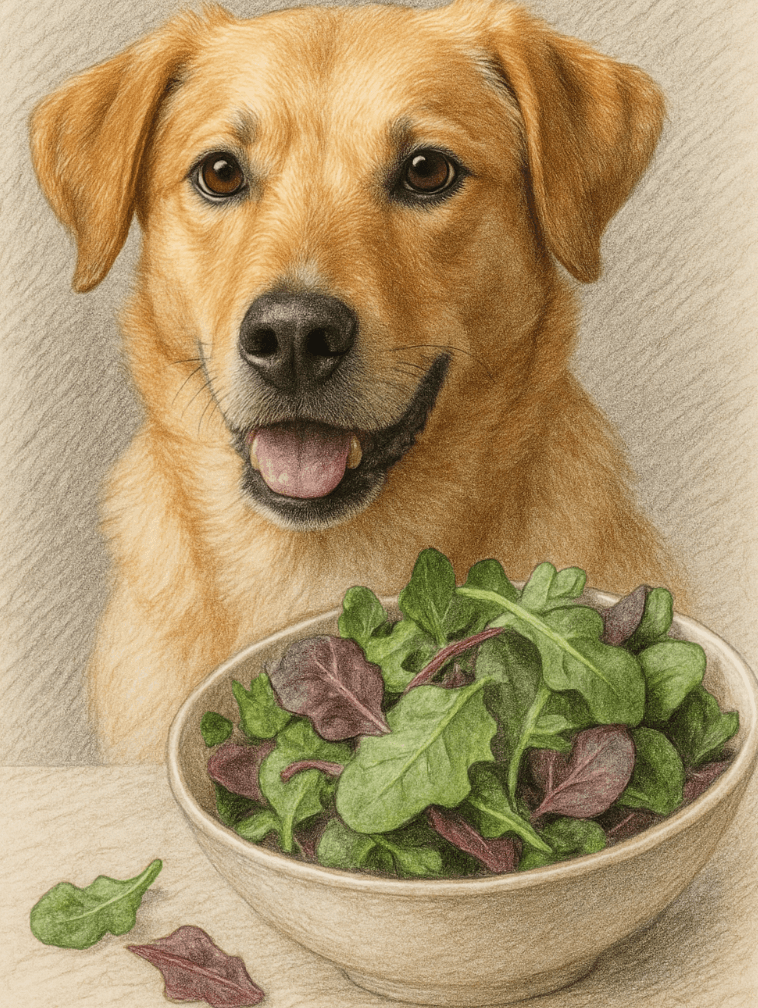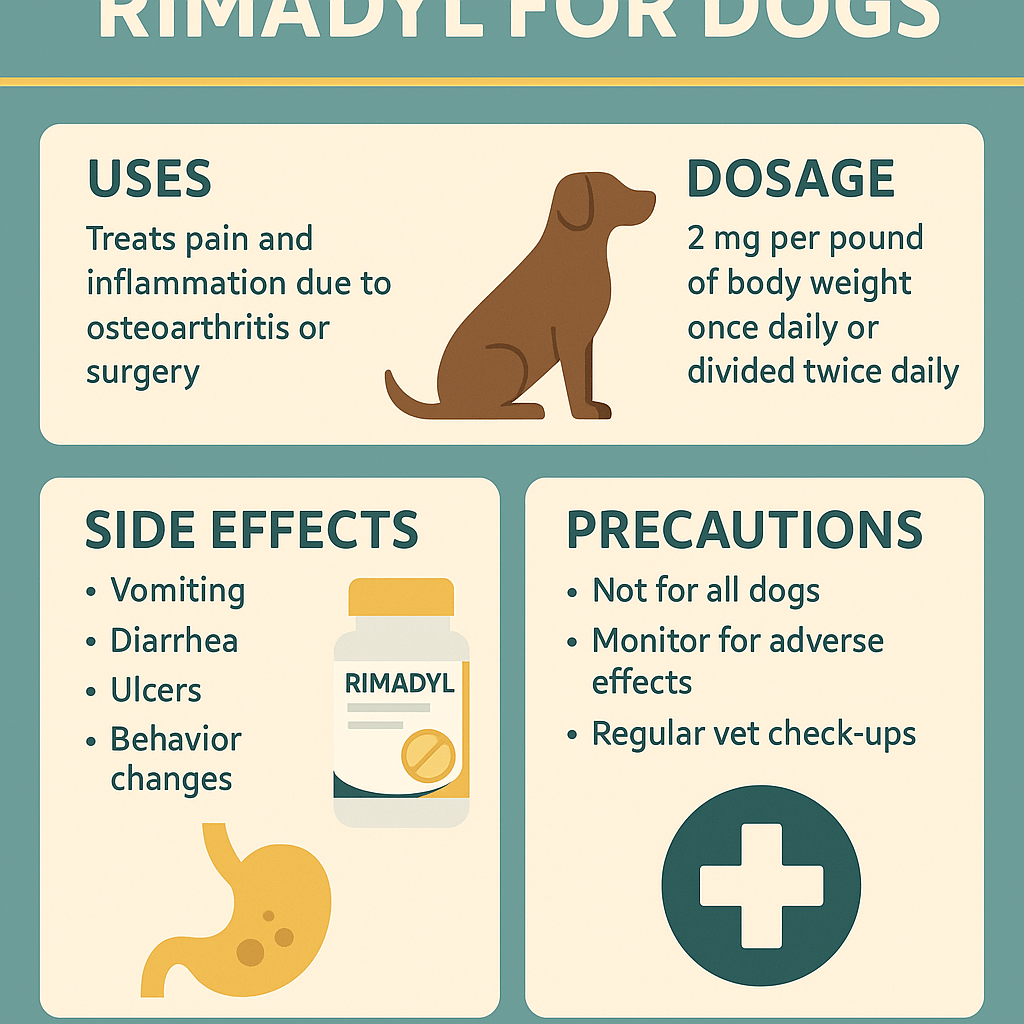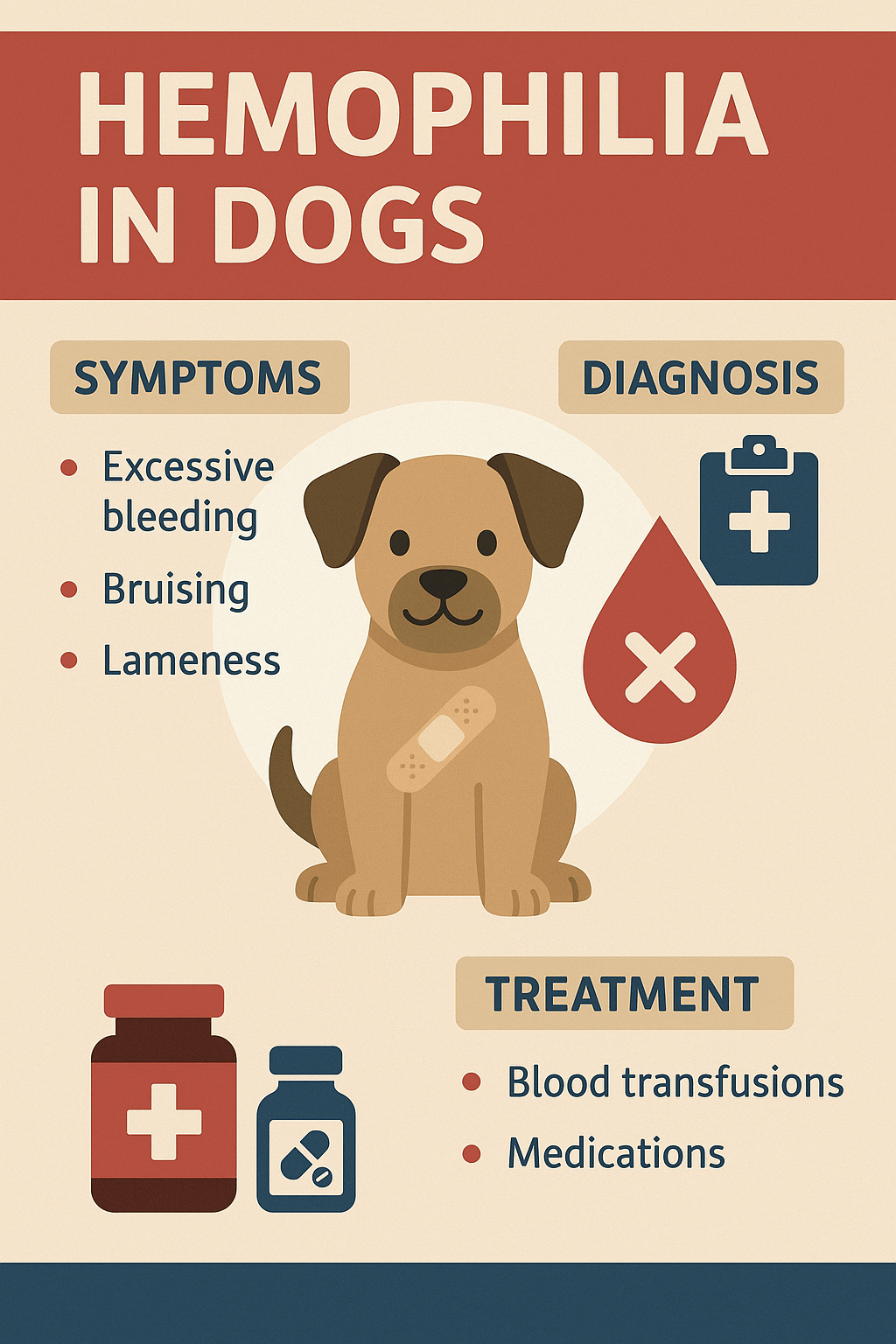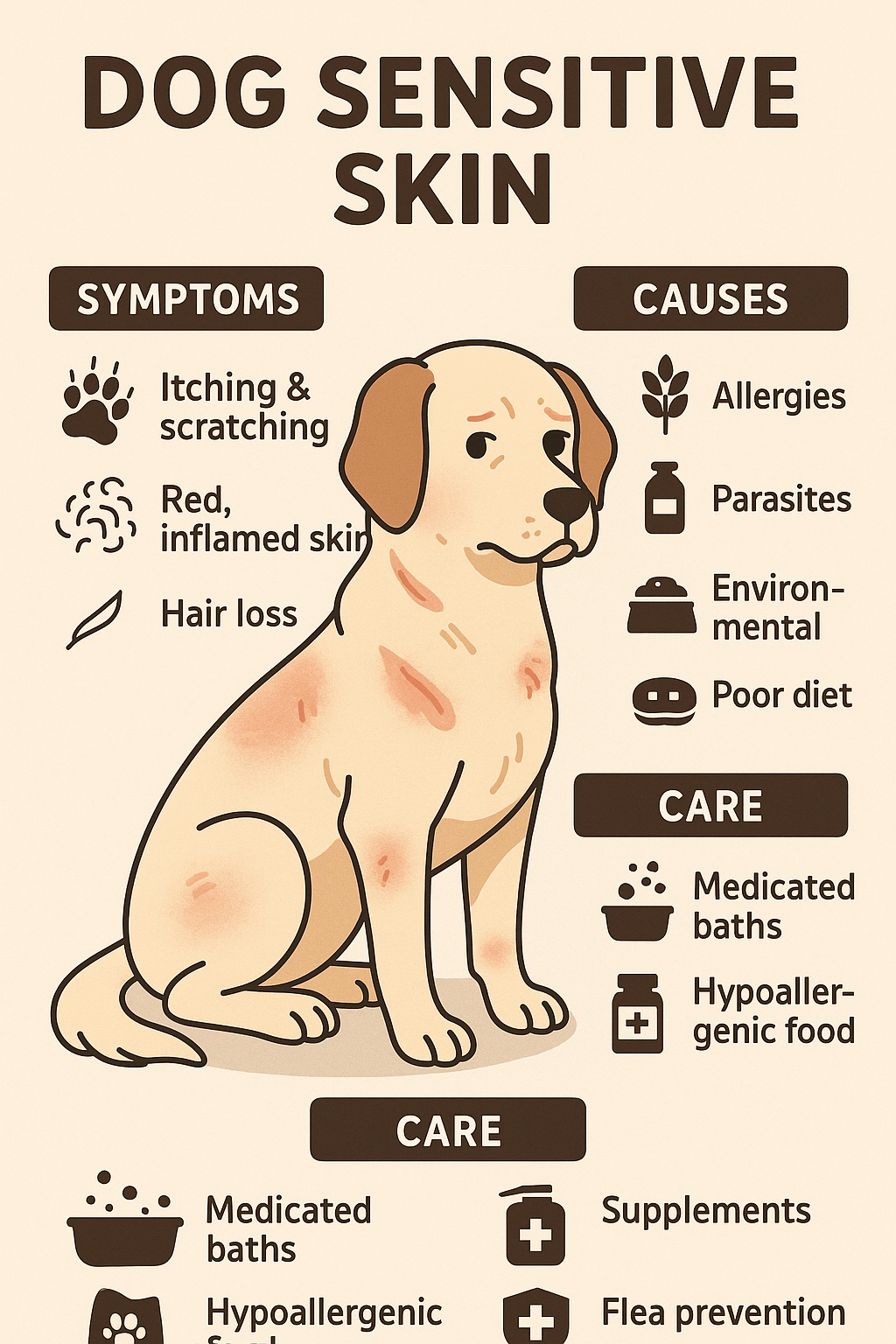Can Dogs Eat Spring Mix?
Spring mix, a popular salad blend often found in grocery stores, is packed with leafy greens like spinach, arugula, and lettuce. While it’s a nutritious choice for humans, many dog owners wonder if this veggie medley is safe for their furry companions. Dogs are omnivores, meaning they can digest some plant-based foods, but not all human-safe ingredients are suitable for canine consumption. Understanding what’s in spring mix and how it affects your dog is essential before sharing your salad. In this blog post, we’ll explore whether dogs can eat spring mix, the potential benefits and risks, and how to safely incorporate leafy greens into their diet.
What Is in Spring Mix? A Breakdown of Ingredients
Before feeding spring mix to your dog, it’s important to know what typically makes up this blend. Most spring mixes contain a variety of greens, each with its own nutritional profile and potential impact on your dog’s health.
Spinach:
Rich in iron, calcium, and antioxidants, spinach can be beneficial in moderation but may cause kidney issues if overfed due to its high oxalate content.Arugula:
This peppery green is low in calories and contains vitamins A, C, and K, making it a safe occasional treat for dogs.Romaine Lettuce:
A hydrating and fiber-rich option, romaine lettuce is safe for dogs and can aid digestion when served in small amounts.Kale:
While nutrient-dense, kale contains compounds that may interfere with thyroid function if consumed excessively.Other Greens (e.g., Swiss Chard):
These greens are generally safe but should be introduced gradually to avoid digestive upset.
Understanding the components of spring mix helps you make informed decisions about sharing it with your dog.
Potential Benefits of Feeding Spring Mix to Dogs
When prepared and served correctly, spring mix can offer several health benefits for your dog. Here’s how these leafy greens might positively impact their well-being.
Improved Digestion:
The fiber content in greens like romaine lettuce and spinach supports healthy digestion and regular bowel movements.Hydration Boost:
Many greens in spring mix have high water content, helping keep your dog hydrated, especially during warmer months.Rich in Vitamins and Minerals:
Ingredients like arugula and kale provide essential nutrients such as vitamins A, C, and K, which support immune function and overall health.Low-Calorie Snack Option:
Spring mix is a guilt-free treat for dogs watching their weight, as it contains minimal calories and no unhealthy fats.Antioxidant Support:
Leafy greens are packed with antioxidants that help combat free radicals and reduce inflammation in your dog’s body.
Incorporating spring mix into your dog’s diet can enhance their nutrition—but only when done responsibly.
Check this guide 👉Can Dogs Have Dragon Fruit? Best 7 Expert Tips!
Check this guide 👉Can Dogs Eat Lamb? Best 7 Expert Tips!
Check this guide 👉Can Dogs Eat Frozen Broccoli? Best 7 Expert Tips!

Safe Ingredients in Spring Mix | Ingredients to Watch Out For |
|---|---|
Romaine lettuce | Kale (in large quantities) |
Arugula | Spinach (due to oxalates) |
Butter lettuce | Swiss chard (high in nitrates) |
Baby spinach (in moderation) | Wild greens (unknown toxicity) |
Mixed baby greens | Dressings or seasonings added |
How to Safely Feed Spring Mix to Your Dog
If you decide to share spring mix with your dog, proper preparation is key to ensuring their safety and enjoyment. Follow these guidelines to minimize risks.
Wash Thoroughly:
Rinse the greens under cold water to remove dirt, pesticides, or harmful bacteria before serving them to your dog.Chop into Small Pieces:
Cutting the greens into bite-sized pieces reduces the risk of choking and makes them easier to digest.Serve Plain Only:
Avoid adding dressings, oils, or seasonings, as these can upset your dog’s stomach or be toxic.Introduce Gradually:
Start with small amounts to monitor your dog’s reaction and prevent digestive issues like gas or diarrhea.Consult Your Vet:
If your dog has underlying health conditions, seek veterinary advice before introducing new foods.
By following these steps, you can safely incorporate spring mix into your dog’s diet without compromising their health.
Signs Your Dog May Not Tolerate Spring Mix
Not all dogs will react positively to spring mix, even when prepared carefully. Watch for these signs that indicate your dog may not tolerate certain greens.
Upset Stomach:
Symptoms like vomiting or diarrhea may signal digestive distress caused by unfamiliar foods.Lethargy or Weakness:
A sudden lack of energy could indicate an adverse reaction to something in the mix.Excessive Gas:
Increased flatulence often points to difficulty digesting fibrous greens.Loss of Appetite:
Refusal to eat or disinterest in meals might suggest discomfort or nausea.Allergic Reactions:
Signs like itching, swelling, or difficulty breathing require immediate veterinary attention.
Recognizing these symptoms early allows you to address potential issues promptly and adjust your dog’s diet accordingly.
Common Mistakes to Avoid When Feeding Spring Mix
Feeding spring mix to your dog requires attention to detail to avoid common pitfalls. Here are some mistakes to steer clear of.
Adding Harmful Seasonings:
Salt, pepper, or dressings can irritate your dog’s stomach or even be toxic. Stick to plain greens only.Overfeeding Greens:
Too much fiber can cause bloating, gas, or diarrhea—serve spring mix as an occasional treat, not a meal replacement.Ignoring Allergies or Sensitivities:
Some dogs may react poorly to specific greens; observe their behavior closely after feeding.Skipping the Rinse:
Unwashed greens may carry pesticides or bacteria that could harm your dog—always wash thoroughly.Assuming All Greens Are Safe:
Certain greens, like wild varieties or those high in nitrates, may pose risks if not researched beforehand.
Avoiding these mistakes ensures a safer and healthier experience for your dog.
Alternatives to Spring Mix for Dogs
If spring mix isn’t suitable for your dog or you’d like to try other options, there are plenty of dog-friendly alternatives.
Steamed Vegetables:
Broccoli, green beans, and zucchini are nutritious and easy to digest when lightly steamed.Shredded Carrots:
Raw or cooked carrots are a crunchy, low-calorie treat rich in beta-carotene and fiber.Pumpkin Puree:
Unsweetened pumpkin aids digestion and provides essential nutrients—just ensure it’s plain and not pie filling.Cucumber Slices:
Hydrating and refreshing, cucumbers make a great low-calorie snack for dogs.Blueberries:
These tiny fruits are packed with antioxidants and make a tasty, bite-sized treat.
These alternatives provide variety and nutrition without the risks associated with certain greens.
Tips for Transitioning Your Dog to New Foods
Introducing new foods like spring mix requires patience and care to avoid upsetting your dog’s digestive system.
Start with Small Portions:
Begin with a teaspoon or two of the new food mixed into their regular meals to gauge their tolerance.Monitor for Reactions:
Keep an eye on your dog’s stool, energy levels, and appetite to detect any adverse reactions early.Gradually Increase Quantity:
Over the course of a week, slowly increase the amount of the new food while reducing their usual portion size.Stick to One Change at a Time:
Avoid introducing multiple new foods simultaneously, as this makes it harder to identify the cause of any issues.Be Patient:
Some dogs take longer to adjust to dietary changes—give them time to adapt before deciding it’s not working.
By following these tips, you can successfully transition your dog to new foods while minimizing discomfort or digestive upset.
Frequently Asked Questions About Dogs and Spring Mix
Can puppies eat spring mix?
Yes, but introduce it gradually and in small amounts to avoid overwhelming their developing digestive systems.
Is kale safe for dogs?
Kale is safe in moderation but should be limited due to its potential impact on thyroid function.
What happens if my dog eats too much spinach?
Excessive spinach can lead to kidney stress due to its high oxalate content—feed it sparingly.
Can I feed my dog pre-packaged spring mix?
Yes, but ensure it’s plain and free of added seasonings, dressings, or preservatives.
Are there alternatives to spring mix for dogs?
Other dog-safe greens include plain steamed broccoli, green beans, or shredded carrots.
Balancing Nutrition and Safety When Feeding Spring Mix
While spring mix can be a healthy addition to your dog’s diet, it’s crucial to prioritize their safety and individual needs. By understanding the ingredients, preparing them properly, and monitoring your dog’s response, you can provide a nutritious snack without unnecessary risks. Always remember that moderation is key, and consulting your veterinarian ensures you’re making the best choices for your pet. With careful planning, you can enjoy sharing this wholesome treat with your four-legged friend while keeping their tail wagging and their tummy happy.
Rimadyl for Dogs: Best 7 Expert Tips! Discover expert advice on using Rimadyl safely, managing pain, and improving your dog’s mobility with trusted veterinary insights.
Can Dogs Have Tylenol for Pain? Best 7 Expert Tips! Discover the risks, safe alternatives, and expert advice on managing your dog’s pain effectively while avoiding harmful medications.
Understanding Hemophilia in Dogs: Best 7 Expert Tips! Discover expert advice on managing hemophilia, recognizing symptoms, and ensuring your dog’s well-being with practical care strategies.
Understanding Dog Sensitive Skin: Best 7 Expert Tips! Discover expert advice on managing dog sensitive skin, relieving irritation, and improving your pup’s comfort with practical solutions.




